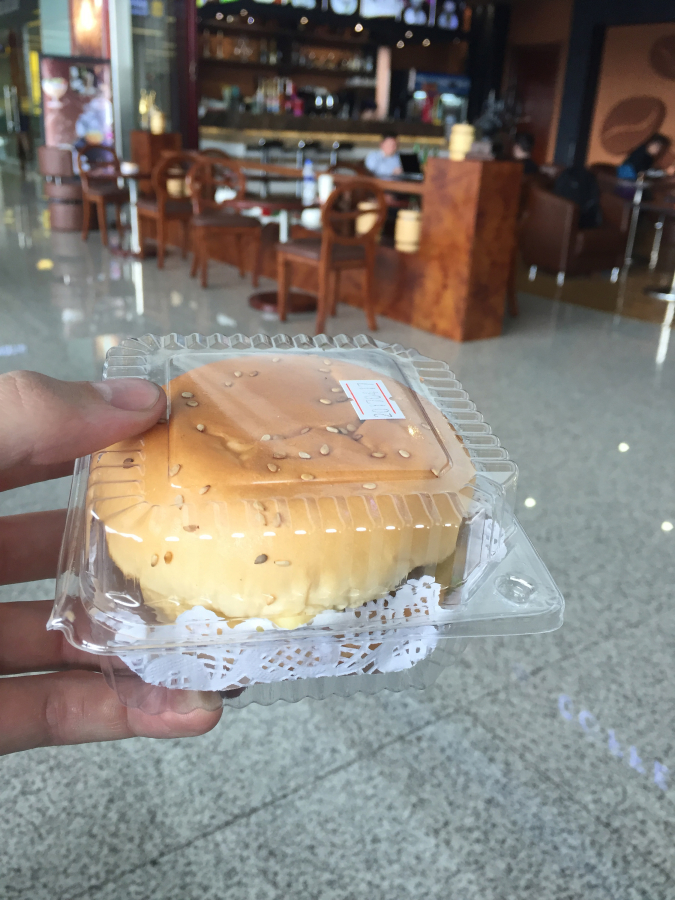PYONGYANG, North Korea — On Air Koryo, North Korea’s state airline, flight attendants are known to serve one thing, and one thing only: a burger as mysterious as the secretive country itself.
The burger is always served cold, and always on a paper doily. Inside the bun is a piece of unidentified meat, a slice of processed cheese, a dash of shredded cabbage or a lonely lettuce leaf, and a dollop of sweet, brown sauce.
The “Koryo Burger” is featured in countless Instagram feeds and online reviews, not many of them complimentary. It has “gained cult status among passengers,” the British tabloid Daily Mail reported in 2015. Many wonder: Why a burger? What’s with the doily? What exactly is that meat?
But what if the West’s fascination with the Koryo Burger says less about the Koryo Burger than it does about the West?
The burger is “huge” in terms of public fascination, said Simon Cockerell, general manager of the Beijing-based travel company Koryo Tours. “It’s something that people are absolutely blown away by. And it’s a piece of meat between two buns.” (Koryo refers to an old Korean dynasty; the two companies are unrelated.)
“I think it’s just the incongruity of having a burger on a quote-unquote ‘Communist’ plane,” said Cockerell, who has visited North Korea 161 times in the last 15 years. “But what else would they serve? You can’t give everyone a bibimbap (a Korean mixed rice dish), and serving kimchi on a plane would be horrifying.
“I think it’s just that North Korea, to tourists, is so inherently sinister and funny at the same time,” Cockerell said. “That ‘oh, my God, it’s a burger!’ — that’d be an absurd reaction on any other airline. But on Air Koryo, it’s a normal thing to do.”
The meat is chicken, he said. A man at Air Koryo’s Beijing office confirmed that the airline “normally” serves burgers. He could not confirm the type of meat.
From 1994 to 1998, North Korea was ravaged by famine. Hundreds of thousands of people starved to death, according to best estimates. People ate bark to survive.
Although malnutrition remains common in North Korea, starvation is now rare. Since the Communist country’s public food distribution system collapsed in the mid-1990s, its citizens — with the state’s tacit approval — have turned to the gray market to survive. Supermarkets have proliferated, as have restaurants. Some sell Western meals.
“If you have a growing capitalist economy, somebody is buying jets and diamonds, and somebody is eating a nice protein-rich meal every day,” said Andrei Lankov, a North Korea expert at Kookmin University in Seoul. “A protein-rich meal is still beyond the means of most people — even if the diet of the masses is improving fast.”
Zhao Bin, a businessman from the northeastern Chinese city of Shenyang, said that on his first visit to Pyongyang, in 2003, the electricity cut out every night. “The second time I went was almost 12 years later, and I think North Korea has developed a lot, and people’s lives have improved dramatically.”



